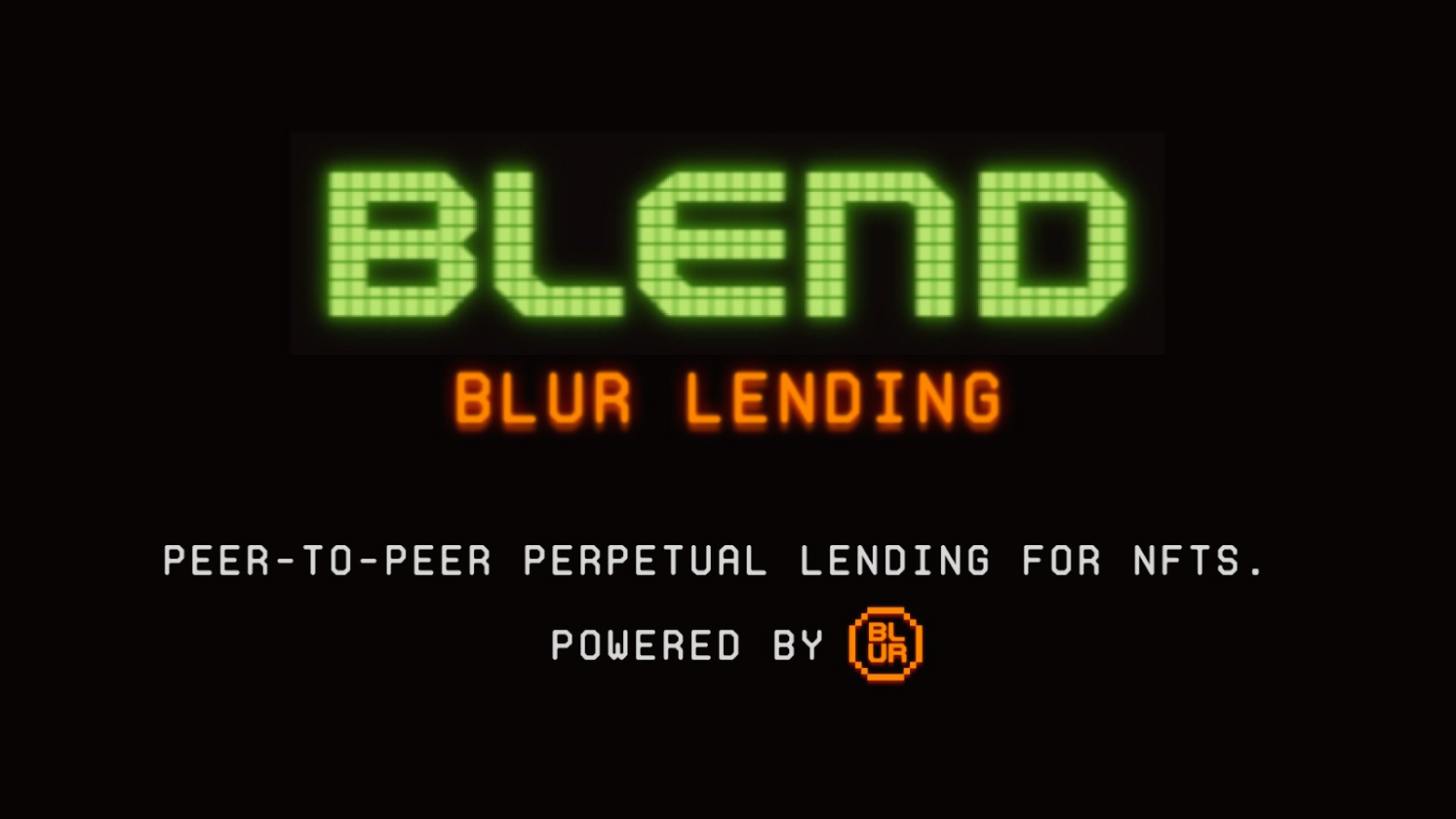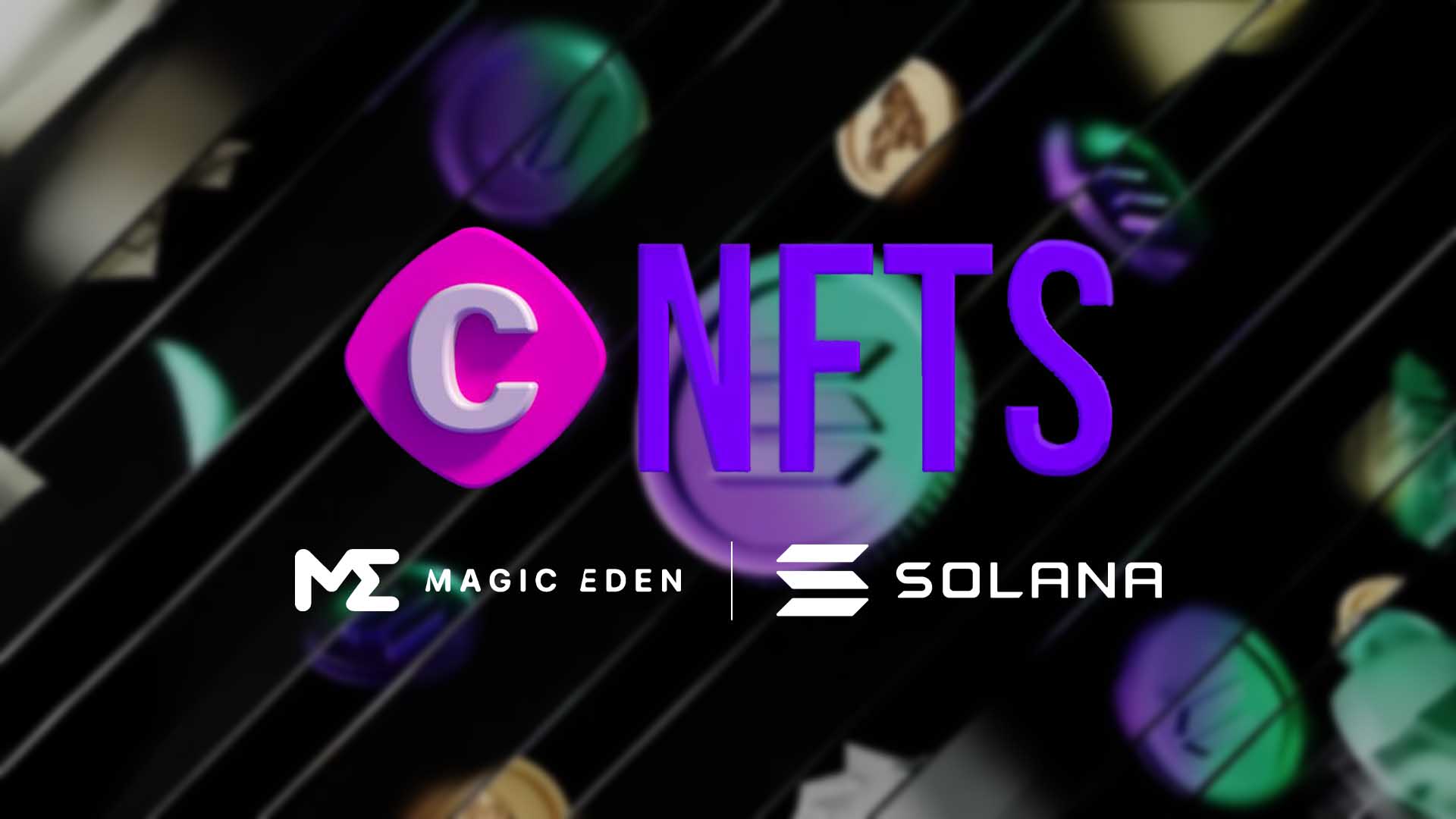The popular NFT marketplace Blur, announced the launch of a peer-to-peer NFT lending protocol on May 1.
Coined from Blur Lending, Blur is a lending platform that will enable traders to break into the ecosystems of expensive NFT collections, like BAYC and CryptoPunks. To do this and maximize their liquidity, Blur will offer collateralized lending to traders.

As reported by Blur, the lending protocol is a product of a partnership with Transmissions and Dan Robinson, the head of research at Paradigm; Paradigm is a venture capital firm and also Blur’s lead investor.
How the feature works is quite similar to how home buyers make a deposit on a house and pay a mortgage consequently. Blur stated that the new lending protocol will allow NFT collectors to utilize the same techniques to NFT markets. They will be put a percentage of the NFT price as down payment and balance up the rest.
There are no oracle dependencies in Blend’s core protocol, and users will be able to set the loan-to-value ratio, as well as interest rates. Loans offered on the lending platform have no expiration dates. Rather than this, the loans continue to accumulate interest at the predetermined rates until users pay back the loan.
In the event of failure to meet up with the loan agreement, the NFT placed as collateral will be liquidized. The lenders offering the loans collect interest and are equipped with the ability to liquidate these loans via a 30-hour auctioning process.
Blend Compared With Other NFT-Lending Protocols
A major feature of Blend is that it offers loans with no expiration dates, unlike its peers with limited payback periods that place the collateralized token at risk. Blend also provides easy access to NFT liquidity for buyers and links borrowers with lenders.
NFT lenders also benefit from Blur Lending as it gives them the opportunity to get more returns on their digital assets. Depending on their risk preferences, NFT lenders can loan stable NFTs at low interest rates and volatile NFT collections at higher rates.
Blend, like any other kind of financial instrument, carries measurable risk for both lenders and borrowers. Borrowers may not be able to repay the loan because the interest that has accumulated is greater than the worth of the deposit NFT, resulting in a probable loss.
 Lifted A.
Lifted A.













